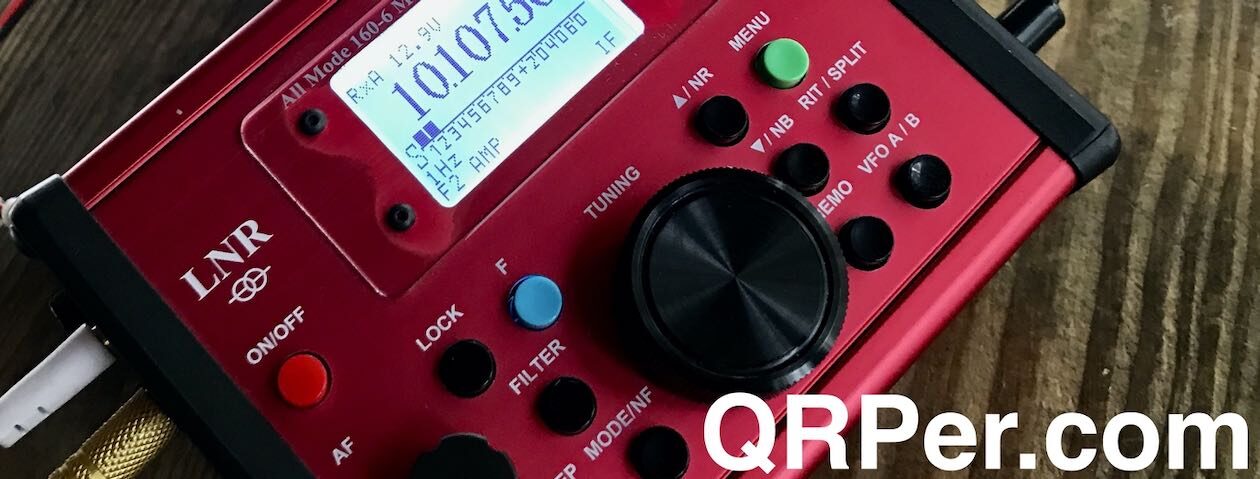 On the morning of Tuesday, June 27, 2023, a rare occasion happened in my otherwise hectic summer schedule: both a weather window and a wide activation window opened!
On the morning of Tuesday, June 27, 2023, a rare occasion happened in my otherwise hectic summer schedule: both a weather window and a wide activation window opened!
As the French say, “Il faut en profiter!”
I always try to take advantage of any opportunities like this.
That morning, I checked in with my daughter, Geneva (K4TLI), to see if she might wish to do a SOTA activation. She was game, so I told her to grab her backpack.
My other daughter was at a one-week writer’s camp at UNC Asheville and my wife had other plans for the day, so it was also a great opportunity for some father/daughter time.
Oh, and another member of the family saw the hiking boots come out and immediately stopped what she was doing (tearing up a plush toy) to join us.
Hazel never, ever passes up a hike–! She gets more excited than anyone else in the family.
Mount Pisgah (W4C/CM-011)
 We arrived at the trailhead of Mount Pisgah around 9:45 AM local.
We arrived at the trailhead of Mount Pisgah around 9:45 AM local.
Hazel, quite literally, bounced out of the car and towards the trailhead. She, no doubt, remembered the last time we played SOTA on Mount Pisgah.
There were much fewer hikers parked at the trailhead than I expected–then again, it was a Tuesday morning.
About thirty minutes into our hike we passed a couple who mentioned they’d spotted bears on the trail closer to the summit.
Not terribly surprising because (like my QTH) Pisgah is very much in bear territory. Since bears at this particular part of the parkway are used to human activity (and tourists feeding them), I pack bear spray. Those are the worst bears.
Black bears, in general, are fearful of humans and usually bolt the other way when they see you. Bears used to being fed by tourists are not and are known to get aggressive. I don’t take my chances.
The hike to the summit of Pisgah is actually quite moderate. The first half of it is very relaxed with little elevation change. It’s the second half of the hike that packs it in! Continue reading Deck Rail SOTA on Mount Pisgah and Improvising my Wire Antenna Deployment!























































